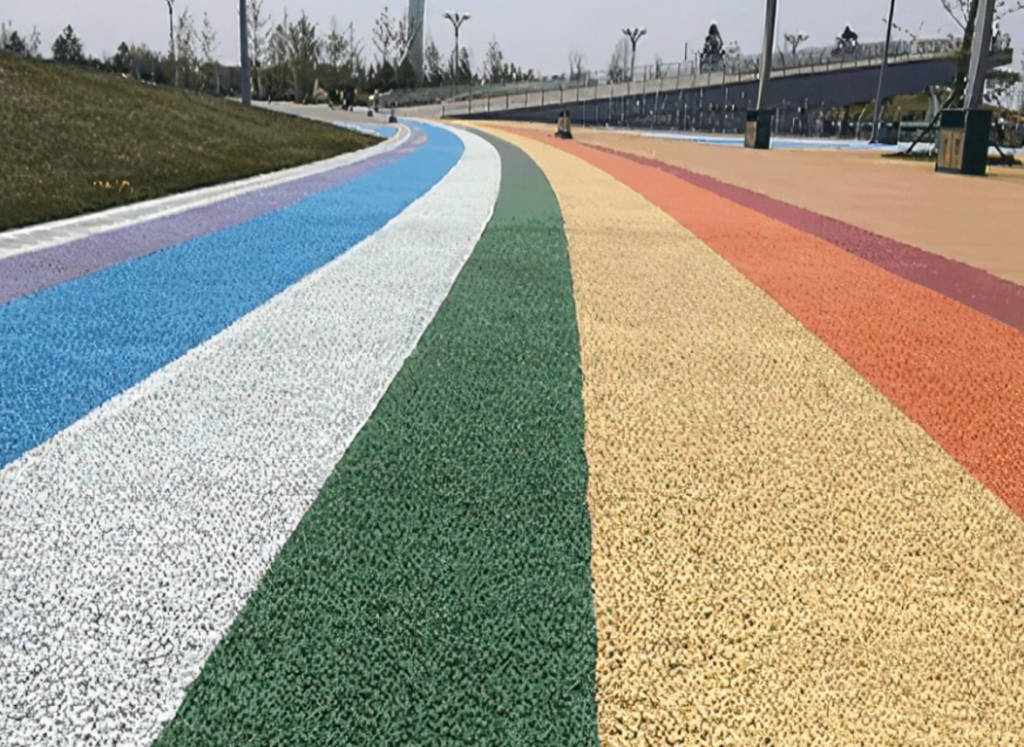November 27, 2024 – In a significant move, global chemical giant Asahi Kasei has announced plans to shut down its joint venture factory in Thailand, which produces acrylonitrile (AN), methyl methacrylate (MMA), and ammonium sulfate, among other products. According to a resolution passed at Asahi Kasei’s shareholder meeting, its subsidiary, PTT Asahi Chemical Co., Ltd. (PTTAC), will cease operations and dismantle factory facilities between 2025 and 2028. The factory halted production on October 31, and sales activities will conclude by December 31.

PTTAC, a joint venture established in 2006 between Asahi Kasei and PTT Global Chemical Public Company Limited (PTTGC) with a 50-50 ownership split, was responsible for producing and selling AN via a propane-based process, MMA through the ACH process, and ammonium sulfate, serving customers primarily in Southeast Asia. The decision to close the factory was attributed to the persistent global economic downturn since 2022, rising raw material costs, and diminishing market competitiveness. Coupled with a substantial increase in Chinese production capacity, which severely impacted the supply-demand balance and profitability, Asahi Kasei and PTTGC jointly deemed PTTAC’s continued operation unsustainable.
In the Southeast Asian context, the MMA production landscape is undergoing significant shifts. Earlier this September, Sumitomo Chemical announced the closure of two MMA and PMMA production lines at its wholly-owned subsidiary in Singapore by the end of September 2024. This will result in an approximately 80% reduction in MMA monomer capacity and a 70% decrease in PMMA capacity at the facility. Sumitomo Chemical cited expectations of continued Asian capacity expansions, particularly in commodity-grade products, making it challenging to ensure stable sales volumes and profit margins despite a recovery in MMA monomer and PMMA market conditions. Consequently, the company decided to cut capacity and focus on specialty and high-value-added PMMA products.
From the perspective of the MMA industry chain, upstream raw materials vary based on production processes, including acetone cyanohydrin (ACH), ethylene oxycarbonylation, and isobutylene oxidation (C4) methods, utilizing raw materials such as methanol, acetone, acrylic acid, isobutylene, and acrylonitrile. Downstream products include PMMA, acrylic emulsions, plastic processing aids, among others, with PMMA being the primary application for MMA. Monitoring data from research institutions indicates that when MMA prices are high, the impact on profits from cost-side factors is insignificant. Compared to the previous year, MMA prices have been generally higher this year, driving profitability improvements. Although MMA was loss-making at some points, it has significantly improved now. However, despite the current increase in MMA prices compared to last year, market supply-demand dynamics have weakened overall market prices, resulting in lower gross margins compared to previous highs.
Notably, China’s MMA industry has seen substantial capacity growth over the past few years. With the successive commissioning of facilities by companies such as Zhejiang Petrochemical, Qixiang Tengda, Jiangsu SEB, Jiangsu Jiankun, Yantai Wanhua, and Shandong Hongxu, China’s MMA capacity has grown at a compound annual growth rate of 19%. By 2024, China’s MMA capacity is expected to reach 2.8 million tons, transforming it from a net importer to an exporter of MMA. With its capacity and price advantages, China’s competitiveness in the international market is increasingly strong.














